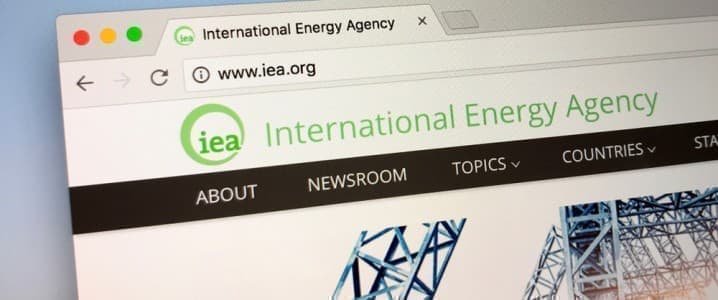The International Energy Agency (IEA) is celebrating its 50th anniversary this year, but it may be time to reassess its role and structure. The United States, which provides the largest funding for the IEA, should consider suspending payments until the organization is restructured to better address the current energy landscape.
The IEA was established in response to an “energy shock” in 1974, when a global recession was triggered by a 400 percent increase in oil prices due to an Arab oil embargo. At that time, policymakers and businesses struggled to find reliable information about energy sources and supply chains. The IEA was created to fill this information gap.
Today, the prospect of even a 40 percent increase in oil prices causes political and market panic. Despite the belief that the “energy transition” reduces risks, the need for reliable and affordable energy, particularly oil, is greater than ever. Energy markets and geopolitics remain just as vulnerable.
While much has changed since 1974, including the rise of social media and smartphones, overall progress has only increased the world’s energy consumption. Hydrocarbons still provide over 80 percent of all energy, and oil continues to be a geopolitical touchstone.
Oil remains the dominant fuel for transportation, with over 95 percent of all vehicles relying on it. The number of cars worldwide has increased by 500 percent since 1974, maritime shipping has risen by 350 percent, and air travel has skyrocketed by nearly 2,000 percent. The Middle East now supplies even more oil, defying predictions of “peak oil.” It is clear that the energy future will resemble the past.
Contrary to popular belief, electric vehicles and companies like Tesla will not significantly change the energy equation. Even if half of the world’s cars were powered by batteries by 2034, which is an ambitious goal, global oil use would only be reduced by 10 percent.
The IEA has strayed from its original purpose and adopted a new focus on advocating for an “energy transition.” This conflicts with its role as an unbiased source of energy facts. By pushing policies to abandon hydrocarbons, the IEA creates new risks and disruptions while failing to address the realities of energy alternatives.
Given the high stakes involved, such as trillions of dollars being spent on the “energy transition” in Europe and the United States, it is crucial to have advocacy-free and credible energy information. One solution is to divide the IEA into two separate agencies: an International Energy Information Agency (IEIA) and an International Energy Transition Agency (IETA). The IEIA would be prohibited from advocacy, while the IETA would focus on promoting the goals of its member countries.
Suspending payments to the IEA may be the only way to force reform, as past presidents have done with other international organizations. President Reagan suspended payments to UNESCO in 1984 when it strayed from its humanitarian mission. By reforming the IEA, we can improve confidence in the facts about energy infrastructures that underpin civilization.
In conclusion, the IEA’s role and structure need to be reevaluated to better address the current energy landscape. By suspending payments and restructuring the organization, we can ensure that policymakers and businesses have access to unbiased and credible energy information.




